Tired of those pesky stink bugs invading your home and garden? Discover effective natural and DIY solutions to repel these smelly invaders and keep your space stink bug-free. Learn how to prevent infestations and reclaim your home using simple, readily available ingredients.
Natural Stink Bug Repellents: DIY Solutions
Stink bugs are more than just a nuisance; they can quickly become a real problem. Luckily, you don’t need harsh chemicals to control them. Numerous natural and DIY solutions can send them packing, likely with less impact on your family and pets. Let’s explore some effective homemade stink bug repellents you can easily create.
DIY Natural Stink Bug Repellents: Your Arsenal Against Stink Bugs
These simple, homemade concoctions can be surprisingly effective. Give them a try!
Soapy Water Spray: This basic solution may be all you need. Mix a few squirts of dish soap with hot water in a spray bottle. The soap probably disrupts the bugs’ protective coating. While it might not kill them instantly, it makes them more vulnerable. Spray directly onto stink bugs as needed.
Essential Oil Spray: Certain essential oils, such as mint, eucalyptus, and neem oil, are suggested to have repellent properties. Add a few drops of your chosen oil (or a combination) to a spray bottle filled with water. Shake well and spray around areas where stink bugs tend to congregate. It may not eliminate them entirely, but it can discourage them. Plus, your house will smell fresh! Remember, essential oils can sometimes cause reactions in sensitive individuals or pets, so use with caution.
Vinegar and Dish Soap Spray: This potent combination uses the pungent scent of vinegar, which stink bugs likely dislike, and the bug-busting power of dish soap. Mix equal parts white vinegar and water, add a squirt of dish soap, and spray around windowsills, door frames, and other potential entry points.
Garlic Spray: Garlic’s strong smell may extend to the insect world. While more research is needed, some homeowners find it effective. Crush a few cloves of garlic and mix them with water. Let it steep, then strain the mixture into a spray bottle. Spray around suspected stink bug entry points.
Don’t let those pesky ants crash your home again! Learn more about our pet safe ant extermination techniques today and keep your furry friends safe.
Preventing Stink Bugs: Proactive Strategies
While DIY sprays can be helpful, preventing stink bugs from entering is your best defense.
Seal Entry Points: Stink bugs can squeeze through tiny openings. Inspect your home for cracks and crevices around windows, doors, pipes, and vents. Seal these gaps with caulk or weather stripping.
Trim Vegetation: Stink bugs like to hide in overgrown vegetation. Keep bushes and trees trimmed back to create a barrier.
Vacuum Regularly: Vacuuming up stink bugs and their eggs can help reduce their numbers. Pay special attention to areas where they tend to gather.
Other Stink Bug Control Methods
Here are some additional control methods worth considering:
Diatomaceous Earth: This natural powder damages the insects’ exoskeleton, causing dehydration. Sprinkle diatomaceous earth around potential entry points, but be aware it can be irritating to humans and pets if inhaled. It’s most effective when dry, so reapply after rain or watering.
Apple Cider Vinegar Traps: Stink bugs may be attracted to the sweet smell of apple cider vinegar. Fill a shallow dish with apple cider vinegar and a bit of water to trap them.
The Best Stink Bug Deterrents: Expert Recommendations
Want to take your stink bug defense to the next level? Let’s delve into more effective strategies. Preventing entry is your first and best line of defense. Think of it like securing your home against unwanted guests.
Fortress Up: Sealing Entry Points
Inspect every possible entry point—windows, doors, pipes, vents—and seal any gaps with caulk or weatherstripping.
Nature’s Arsenal: Natural Repellents
Stink bugs have sensitive noses. Use this to your advantage with these natural repellents:
Garlic: Place cloves or crushed garlic near entry points.
Mint: Plant mint around your home or use mint essential oil in a diffuser.
Vinegar: Spray a mixture of equal parts white vinegar and water around entry points. (Test on an inconspicuous area first.)
Targeted Removal: DIY Methods
Here’s how to deal with stink bugs that have already entered:
Vacuuming: Vacuum up stink bugs and empty the vacuum bag or canister outside immediately.
Soap and Water: Spray stink bugs directly with a mixture of dish soap and water.
Diatomaceous Earth: Sprinkle food-grade diatomaceous earth around your home’s perimeter and in areas where stink bugs gather.
Insecticides and Pest Control: The Last Resort
For severe infestations, consider chemical insecticides (use with caution and follow label instructions) or professional pest control.
Ongoing Research
Scientists are continuously researching stink bug behavior and control methods, including pheromone traps and natural predators.
Scents Stink Bugs Hate: Using Their Noses Against Them
Stink bugs are repelled by certain smells. Let’s explore these scents and how to use them effectively.
Essential oils are a potent weapon. Their strong aromas are unpleasant to stink bugs. Effective oils include:
- Clove Oil: Warm, spicy scent
- Lemongrass Oil: Bright, citrusy aroma
- Peppermint Oil: Refreshing, cool fragrance
These oils can likely overwhelm stink bugs’ olfactory senses. Use them in diffusers, sprays, or on cotton balls placed strategically.
Other effective scents include dryer sheets, mint, garlic, and lavender. Place these near potential entry points.
Focus placement on entry points like windows, doors, vents, and cracks. Inside, target areas where stink bugs hide, such as under sinks or behind appliances.
Stink bugs’ aversion to these scents may be related to survival instincts. Strong smells could mask food sources or interfere with their respiratory systems. More research is needed.
While scent-based methods are effective, they work best as part of an integrated pest management strategy. Remember, different stink bug species may react differently to various scents.
No more struggling to maintain your pygmy date palm! Discover the ultimate guide to pygmy date palm care and enjoy a thriving, lush garden.
Best Homemade Stink Bug Repellent: Proven Recipes
Ready to create your own stink bug repellent? Here are some effective and easy homemade remedies.
Homemade Repellent Recipes
Vinegar & Soap Spray: Mix 1 cup white vinegar, ½ cup dish soap, and 2 cups hot water in a spray bottle.
Garlic Spray: Blend 2 bulbs of garlic with 1 quart of water, steep overnight, strain, add a few drops of dish soap, and spray.
Essential Oil Repellents: Combine a few drops of essential oil (oregano, thyme, clove, lemongrass, spearmint, lavender) with water and dish soap in a spray bottle.
Neem Oil Insecticide: Follow product instructions for using neem oil as a natural insecticide.
Additional Tips
DIY Traps: Use apple cider vinegar traps.
Sealing Entry Points: Seal cracks and gaps to prevent stink bugs from entering.
Physical Removal: Remove stink bugs manually or with a vacuum cleaner.
The best repellent may vary depending on the stink bug species, infestation severity, and personal preference. A combination of approaches is often most effective. For large infestations, contact a pest control professional. Ongoing research continues to explore better solutions.
Remember, consistent application and preventative measures are key to a stink bug-free home.
- Georgia Platform: A Southern Strategy, 1850s - March 31, 2025
- How many weeks is 40 days: Quick Conversion Guide for Accurate Results - March 31, 2025
- How many feet is 300 meters? 984 Feet: Understand Length Conversions Easily - March 31, 2025
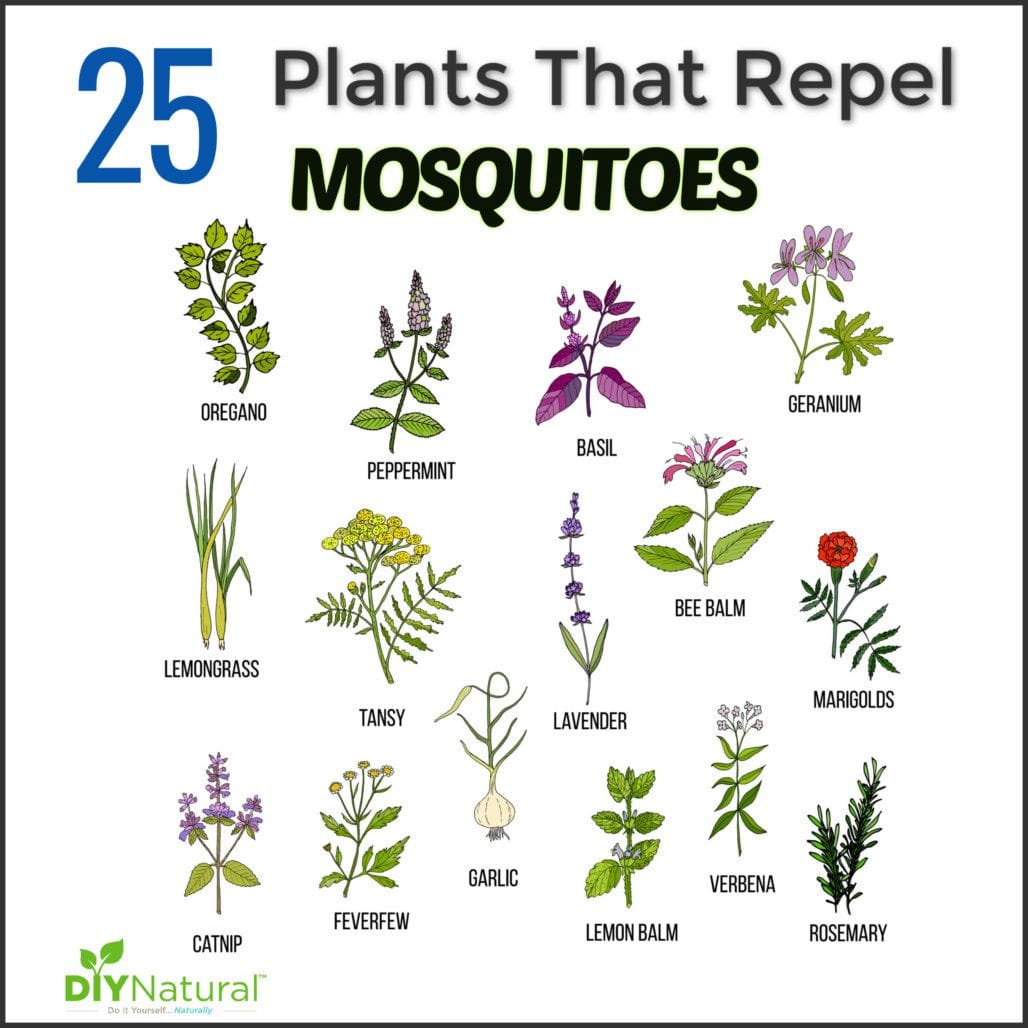
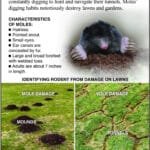
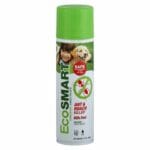
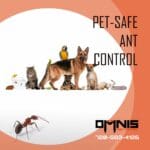
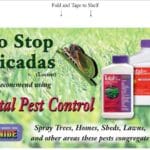
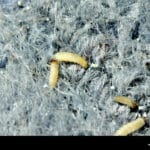











1 thought on “Effective Stink Bug Repellents: Natural & DIY Solutions That Work”
Comments are closed.